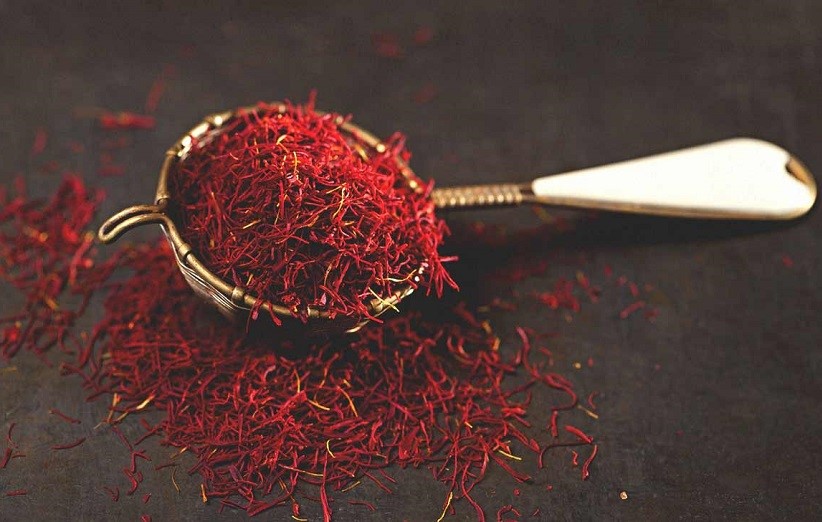Discover Affordable Alternatives to the World’s Most Precious Spice
Saffron, often called “red gold,” is famous for its rich aroma, deep golden color, and delicate flavor. However, because it’s the most expensive spice in the world, many people look for substitutes for saffron that offer similar color and flavor without the premium cost. Fortunately, there are several natural alternatives that can bring warmth and beauty to your dishes.

Why Look for a Saffron Substitute?
Saffron’s high price comes from its labor-intensive harvest — each flower produces only three tiny stigmas, and thousands of flowers are needed for just one kilogram. As a result, saffron can cost more than gold by weight. When saffron isn’t available or doesn’t fit your budget, knowing the right substitute helps you recreate its charm at a fraction of the cost.
Best Natural Substitutes for Saffron
1. Turmeric: The Golden Spice
Turmeric is the most common saffron substitute because it shares saffron’s bright yellow-orange hue. It has an earthy, slightly bitter taste that works well in rice, curries, and soups. Use only a small amount — about ¼ teaspoon of turmeric for every pinch of saffron.
Turmeric doesn’t have saffron’s floral aroma, but it beautifully mimics the color. Moreover, it’s affordable and packed with health benefits, including anti-inflammatory properties and antioxidants.
2. Safflower: The “Poor Man’s Saffron”
Safflower petals, often sold as Mexican saffron or false saffron, are another excellent substitute. They provide a golden tint similar to saffron but have a very mild flavor. Because safflower lacks saffron’s aroma, it’s best used for coloring rice, paella, and desserts where color matters more than taste.
Use safflower in the same quantity as saffron, steeping the petals in warm water or milk before adding them to your recipe.
3. Annatto Seeds: For Vibrant Color and Mild Flavor
Annatto seeds, derived from the achiote tree, add a rich orange hue to dishes. They offer a subtle, nutty flavor that complements savory recipes like stews and rice. To use annatto, heat the seeds in oil for a few minutes, then strain and add the infused oil to your dish. This creates a natural saffron-like color with minimal effort.
4. Paprika: A Warm and Spicy Twist
Paprika, especially the sweet or smoked variety, adds color and a gentle spice to recipes that normally use saffron. While its flavor is more robust, paprika works well in paella, risotto, or soups when saffron isn’t on hand.
Choosing the Right Substitute for Your Recipe
Each saffron substitute has its strengths. Turmeric and safflower are ideal for achieving color, while annatto and paprika enhance flavor and depth. The key is balance — use substitutes sparingly so they don’t overpower your dish.
If you want both aroma and luxury, blend a pinch of safflower with a trace of turmeric. Together, they mimic saffron’s golden hue and subtle complexity surprisingly well.
Final Thoughts
While nothing truly replaces saffron’s unique aroma and prestige, the right substitutes can bring beauty and flavor to your table affordably. Whether you choose turmeric for color or safflower for authenticity, these natural alternatives keep your dishes vibrant and delicious — no compromise required.






